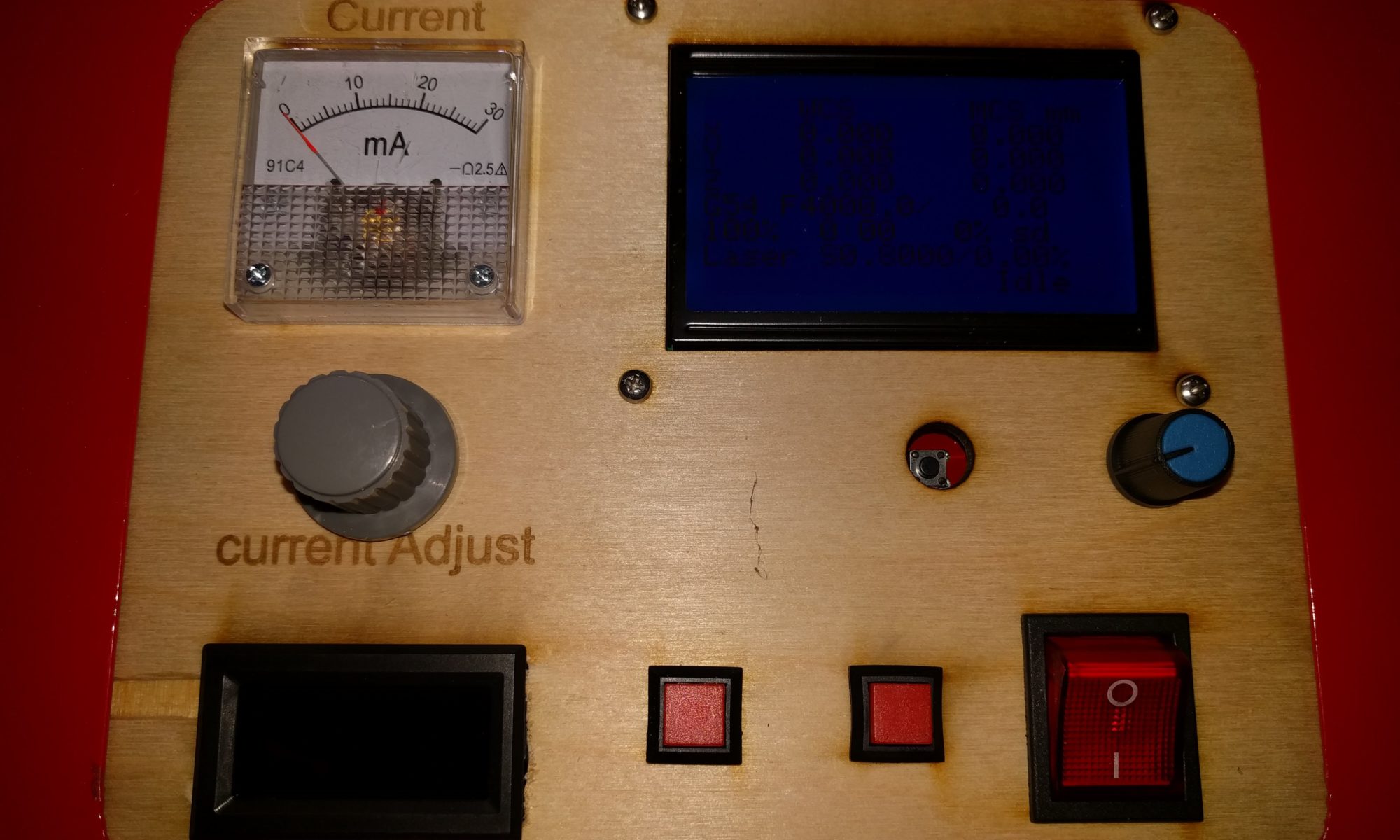Well as normal. Monkey see Monkey do. I saw this YouTube Video, and decided it looked delicious. If you don’t want to put in the work you can always head over to Empire Turkish Grill and get their very delicious Lahana Sarma ( Stuffed Cabbage Rolls).

- 1 lb of ground chuck 80/20
- 1 cup of cooked brown rice
- 2 eggs
- 1 can of mushrooms
- 3 shredded carrots
- 1 Head of cabbage
- 1 onion chopped and Sauteed
- Garlic to taste (sauteed with onion)
- Salt and pepper to taste
- 1 can of fire roasted diced tomatoes
- 1 can of tomato sauce.
- 2 teaspoons of paprika

Core and steam the whole cabbage. I did this in my Instapot for about 5 minutes on high pressure. This makes the leaves easy to peel and roll. I did not want to cook it soft, but wanted the leaves pliable enough to roll. five minutes was perfect and allowed me to not over cook the rolls even after the SousVide portion of the cooking.
The filling ingredients, meat, rice, carrots, mushrooms, and sauteed onions and garlic, are mixed in a bowl until a firm consistency the eggs are used as a binder. Once the filling is ready it is scooped into a peeled cabbage leaf. You can remove the stem of the leaf to make rolling easier. See YouTube link above for more information. I used two loads of a 1 oz portion scoop to make the rolls consistent. A light sauce is made from a can of fire roasted tomatoes and tomato sauce and paprika, or in my case tomato soup as I was out of sauce. I also hit the sauce lightly with an immersion blender to make it a bit smoother.
Once the sauce was ready I loaded three to four rolls and about 1 cup of the sauce into a vacuum bag and prepared it for the SousVide. If you don’t have a SousVide you can place them in a dutch oven or deep casserole dish and bake as it is more traditional. However the SousVide makes a great tool for meal prep. About an hour in the SousVide and they were done ready to store for tasty meals.

mealprep_cabbage_roll_a_pile_of_rolls 
mealprep_cabbage_roll_soux_vide 
mealprep_cabbage_roll_soux_vide2 
mealprep_cabbage_roll_single_serv 
mealprep_cabbage_roll_meal_prep3
I really should have made more sauce. It is hard to vacuum seal bags with lots of sauce, but these really could have used more sauce. They were delicious and my official taste testers said I could put them on the rotation.

mealprep_cabbage_roll_to_share 

mealprep_cabbage_roll_taste_test3 
mealprep_cabbage_roll_taste_test

My only issue is that this makes a ton of dishes.


























































































